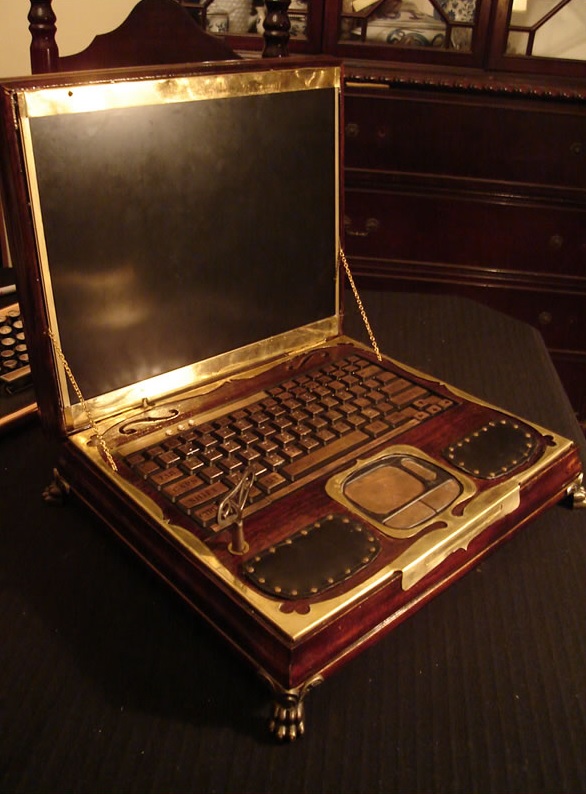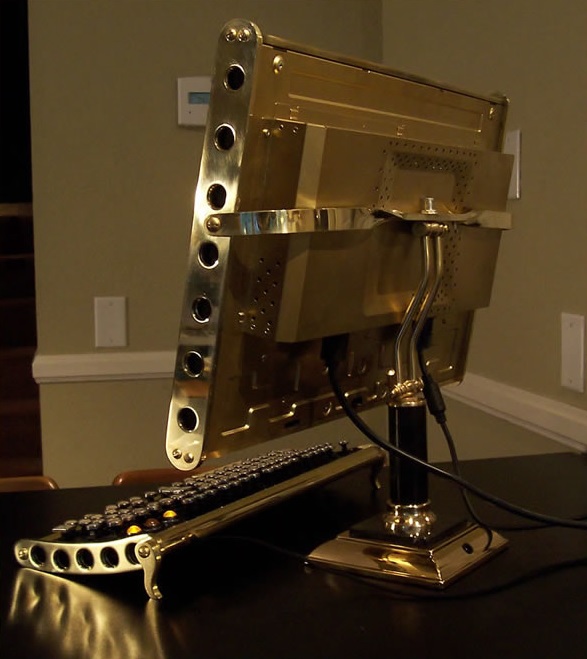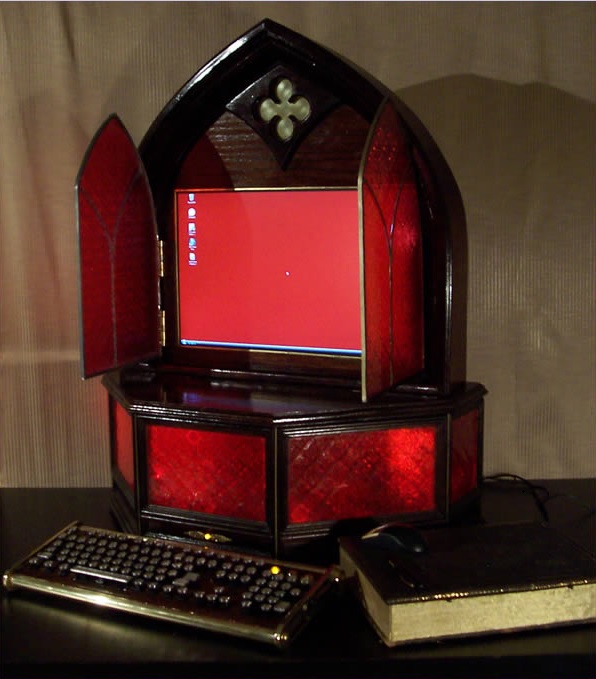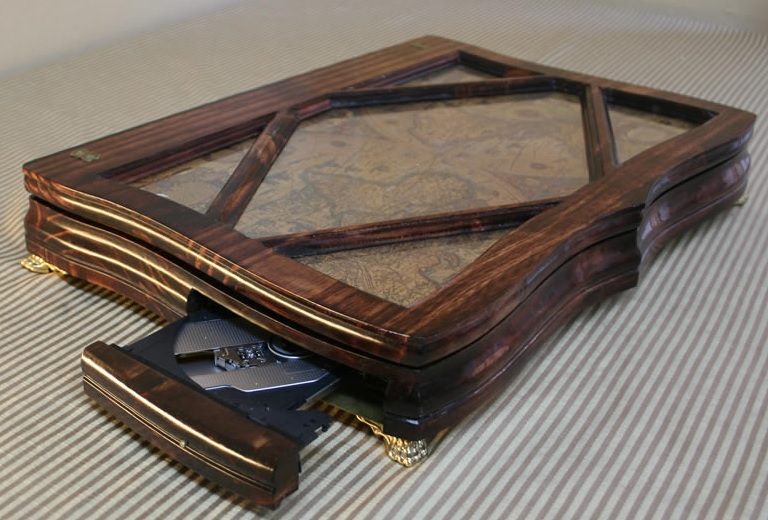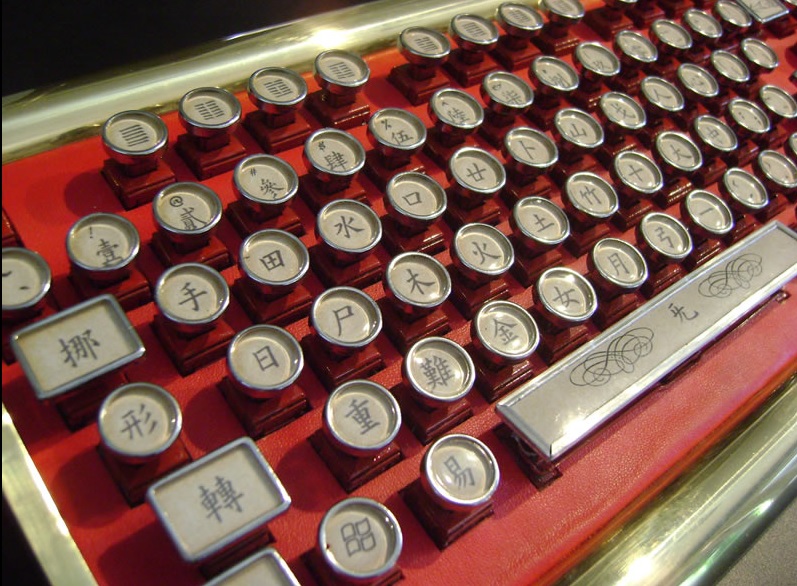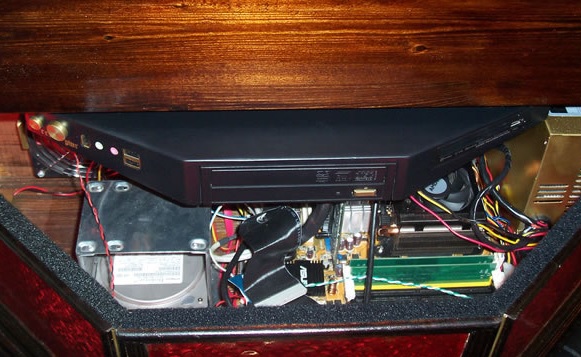
In Memory of the Late Richard R. Nagy
2013 December 9

The retrofuturist artist Richard Nagy, known professionally as "Datamancer", died last month under tragic circumstances at the age of 34. Over the course of the last ten years, Mr. Nagy had become a leading figure in the effort to revive Victorian and other historic styles in modern design. As part of the "maker" or "DIY technology" movement, he fought against the passivity which most people display toward the dybosphere in which we are immersed. While opposing the perennial flood of crassness and depersonalisation which has always accompanied the manufacture of consumer goods, he rejected as well the temptation of reactionary Luddism. His art -- functional equipment, often computers, with meticulously crafted, handmade exteriors -- gave the impression of coming across time from alternate worlds in which electronic technology had been developed decades (or even centuries) earlier than in ours.
Mr. Nagy's best pieces, despite their archaising appearance, were not quaint or reactionary, nor did he idolise the style of a particular era. Rather, by demonstrating how the æsthetics of the past could transform the material culture of the present, he highlighted the shallowness of contemporary industrial design and freed his viewers to imagine their quotidian office tools as (potentially) things of beauty. In this, he was a successor to Ruskin in the Nineteenth Century and to Dora Carrington in the Twentieth.
Dying young, Mr. Nagy leaves his work unfinished ; it is easy to imagine directions in which he might have taken it. For example, despite his formidible technical skills, "Datamancer" devoted much of his artistry to the surface appearance of machines ; had he lived longer, perhaps he might have gone on to the restructuring of their fundamental architecture. The unavoidably high cost of his pieces also raises the problem which has bedevilled "Arts and Crafts" movements since the dawn of the Industrial Age : how can individualised high-quality work be made affordable without bankrupting its makers? There are signs that a technological fix for this ancient quandry may be found (or at least be attempted) in the near future ; one regrets that Mr. Nagy did not live to see how the DIY approach which he so eloquently advocated will develop over this century.
Memory eternal!
All photographs © 2013 Datamancer Enterprises.
